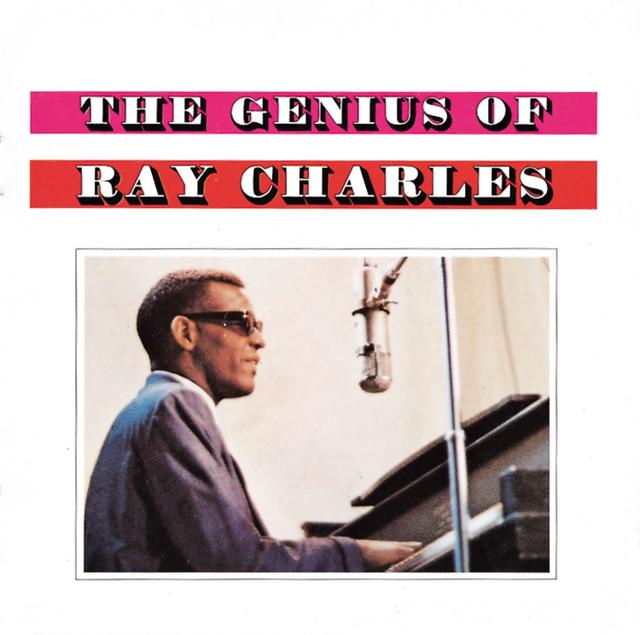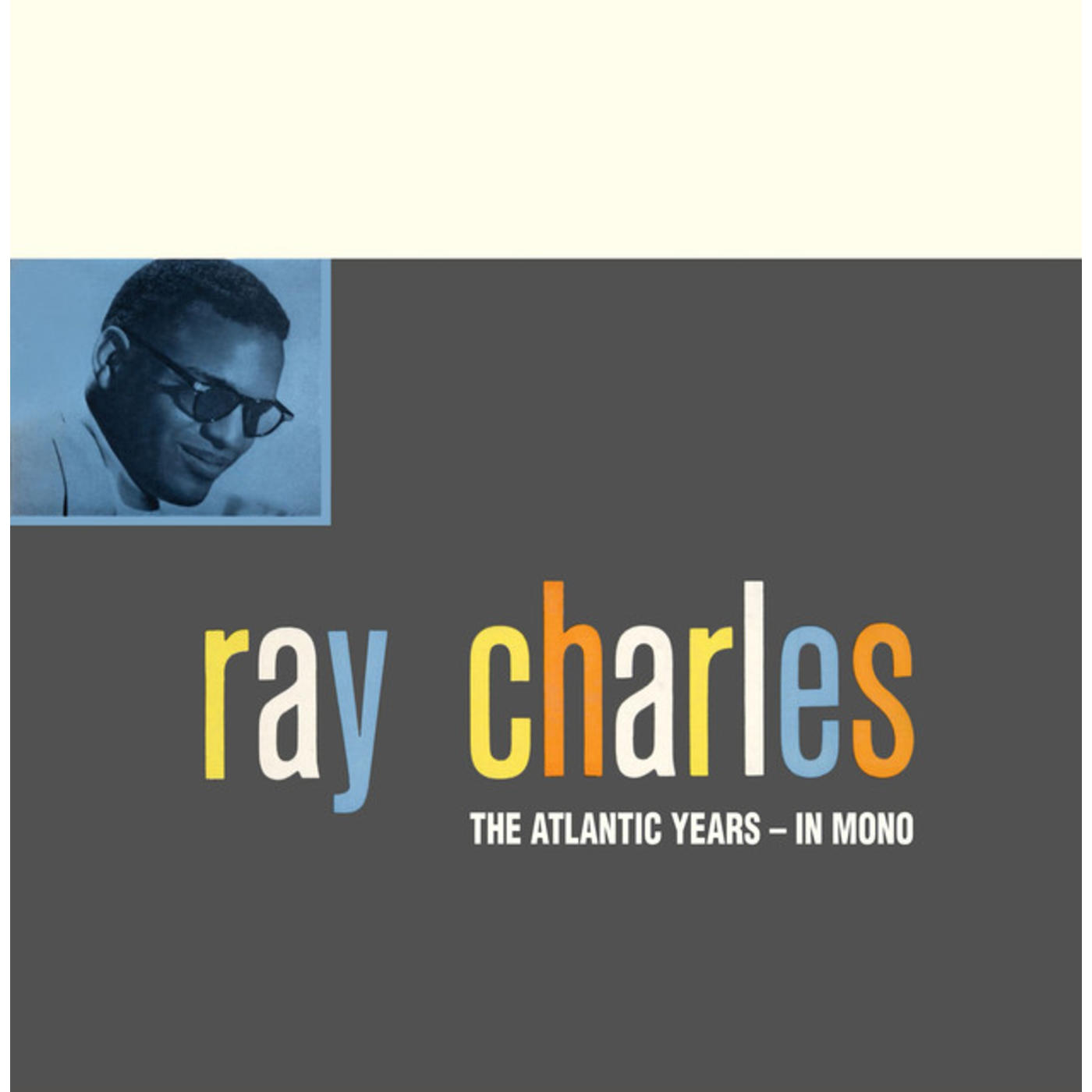5 Things You May Not Have Known About THE GENIUS OF RAY CHARLES

This month marks the 60th anniversary of a key album in the early career of Ray Charles, an LP with a title that may have sounded like a boast at the time but ultimately proved to be nothing more than a statement of fact. To commemorate this key anniversary, we’ve put together a list of five things you may not have known about THE GENIUS OF RAY CHARLES, and it goes a little something like this...
1. It was the first album that found Charles actively stepping away from the R&B sound that had defined his music up to that point.
That’s not to say that THE GENIUS didn’t still have soul – after all, it still featured Charles’s singing – but given that it found Charles working with David “Fathead” Newman and players from both Count Basie’s band as well as Duke Ellington’s band, Charles was clearly making a statement, and that statement was, “I can play jazz, too!”
2. The arrangements on side one of the album were done by Quincy Jones, who was only 14 when he first met Charles.
Mind you, Charles was only 16 himself. In an interview with Terry Gross, Jones talked about how much he enjoyed working with Charles back in the day. “As kids, we were pretty cocky because we had a great band,” said Jones. “We could read music very well. And we did everything. It was a show band, too. So we got most of the jobs that came around. It was nice. We played with Billie Holiday in '48, behind her. And then in '49, we played with Billy Eckstine and Cab Calloway and all the bands that came through, so we were pretty confident in those days. And the band just kept getting tighter because we rehearsed a lot. I guess what impressed me the most with Ray is that he was so independent, and his sightlessness did not hinder him at all. It's one of the treasured, cherished friendships that I really have because as kids we used to talk about everything.”
3. Future super-producer Phil Ramone was also involved in the album, if only slightly.
In an interview with Performing Songwriter, Ramone jokingly described himself as “the third kid delivering coffee on the GENIUS OF RAY CHARLES record in 1959,” but just because he wasn’t a big name at the time doesn’t mean that it wasn’t an education for him. “Bill Schwartau and Tom Dowd were the engineers, and I remember watching that like a hawk,” recalled Ramone. “Ray was an immediate person and fussy. Whatever it was, years later, there I am sitting in the control room, doing the same job (on Charles’ final album, 2004’s GENIUS LOVES COMPANY), except I was in charge. I was very fortunate. I got trained when I was 17 years old and had a couple of guys who were very strong and impatient with me, and that really paid off early.”
4. From a hit-singles standpoint, it was kind of a disappointment.
Then again, just about anything would’ve been a disappointment after the success of the title cut from WHAT’D I SAY, which hit #6 on the Billboard Hot 100 and topped the R&B Singles chart. On the other hand, there were two singles released from THE GENIUS, and while one of them – “Don’t Let the Sun Catch You Cryin’” – did at least crack the top 20 of the R&B Singles chart, topping out at #17, but the other single, “Let the Good Times Roll,” didn’t make it onto the R&B charts at all, and neither song made it out of the bottom half of the Hot 100, hitting #78 and #95, respectively.
5. Despite the shift in Charles’ sound, it was more successful on the charts than the album that preceded it.
After making his debut on the Billboard 200 with his previous album, WHAT’D I SAY, which hit #20, Charles kicked it up a few notches with THE GENIUS, which climbed to #17. Even better, it would prove to be a trend, at least temporarily, with his next album, RAY CHARLES IN PERSON, which went on to hit #13.
For more information, click the buttons below:

